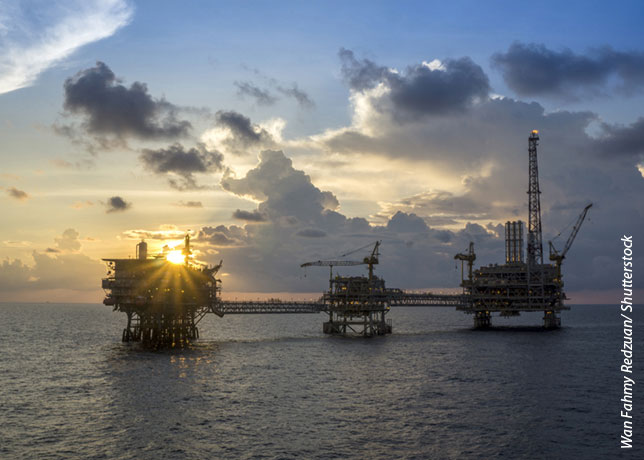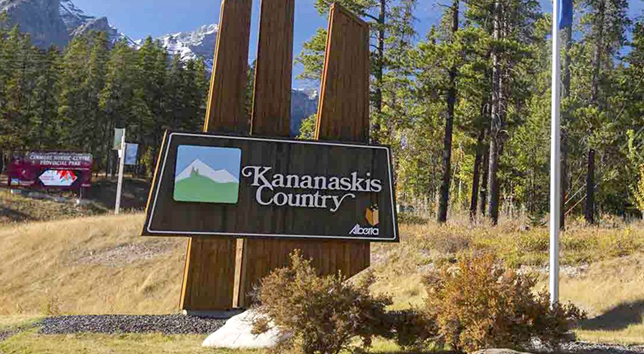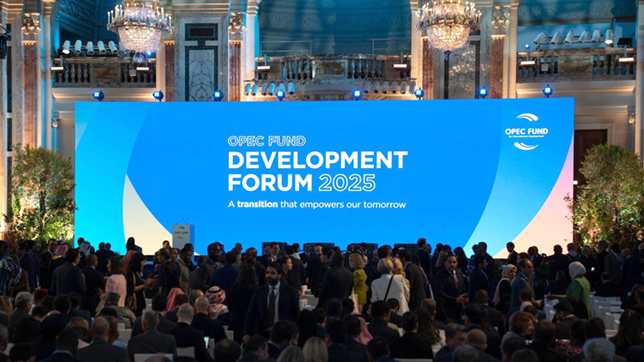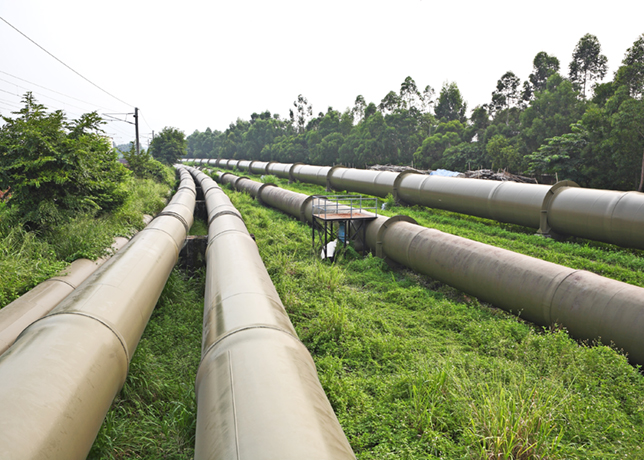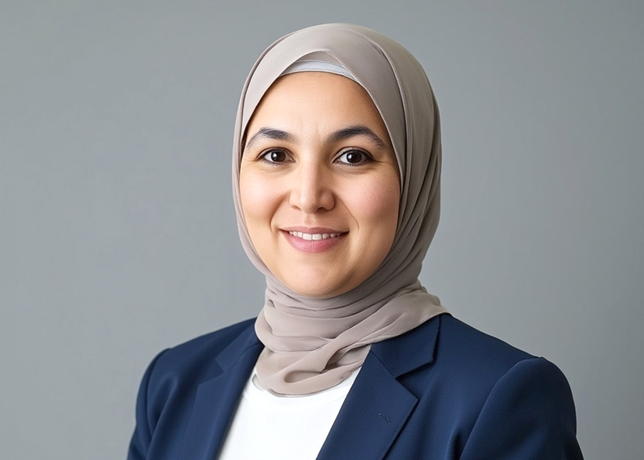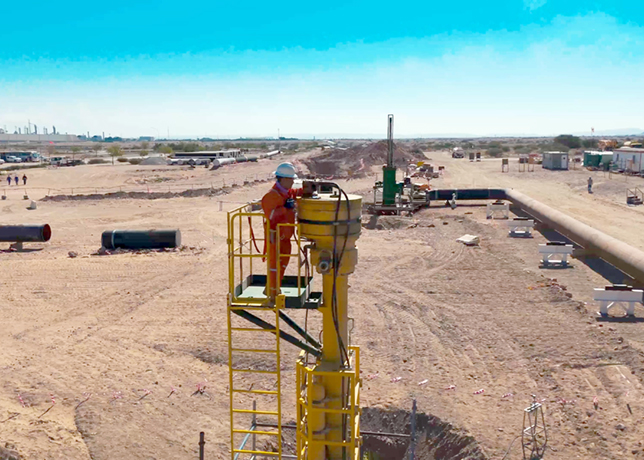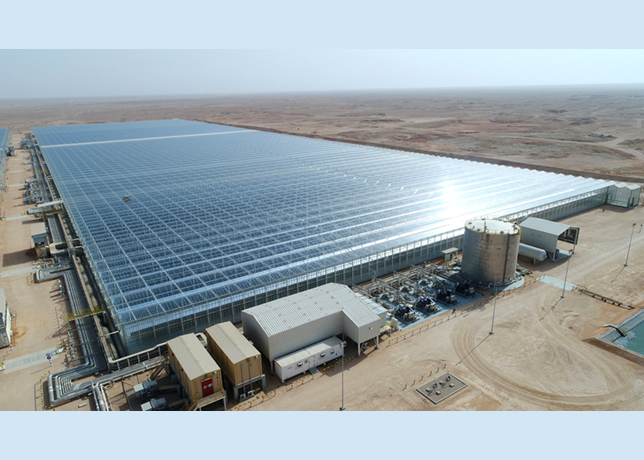
A significant proportion of the country’s energy deposits lie in the shallow waters near the coastline, and development of these offshore reserves is the foundation for the State’s economic future, so RasGas has formed an alliance with the University of Qatar to develop special conservation measures to ensure that all coastal disturbances are temporary and minimal in nature.
Complete restoration and rejuvenation of any disturbed areas is a critical aspect of development projects. Scientists from the Scientific and Applied Research Centre at the university have studied the Ras Laffan coastline for several years, providing essential information for the careful pre- and post-construction management of pipelines and other construction projects.
Marine scientists at the University of Qatar have also developed an artificial reef structure for Qatar’s north-east coast.
Since 2002, when long-lasting ‘reef balls’ of 150 different sizes were put in place, the reef has attracted many thousands of fish and other marine organisms. One of the sea-creatures that feeds in the rich coastal waters surrounding the reef is the endangered hawksbill turtle - each summer, thousands of baby turtles hatch from eggs buried nearly one metre beneath the sands of northern Qatari beaches.
The continued breeding success of the hawksbill turtle on the beaches near Ras Laffan is a direct result of RasGas’ concern for local wildlife.
On dry land, meanwhile, and again in collaboration with the Scientific & Applied Research Centre at the University of Qatar, RasGas is a key supporter of the Al Dhakhira Park project.
At Al Dhakhira, naturalists will develop a park on the north-eastern coast of Qatar, filled with indigenous flora and fauna, including some threatened species.














